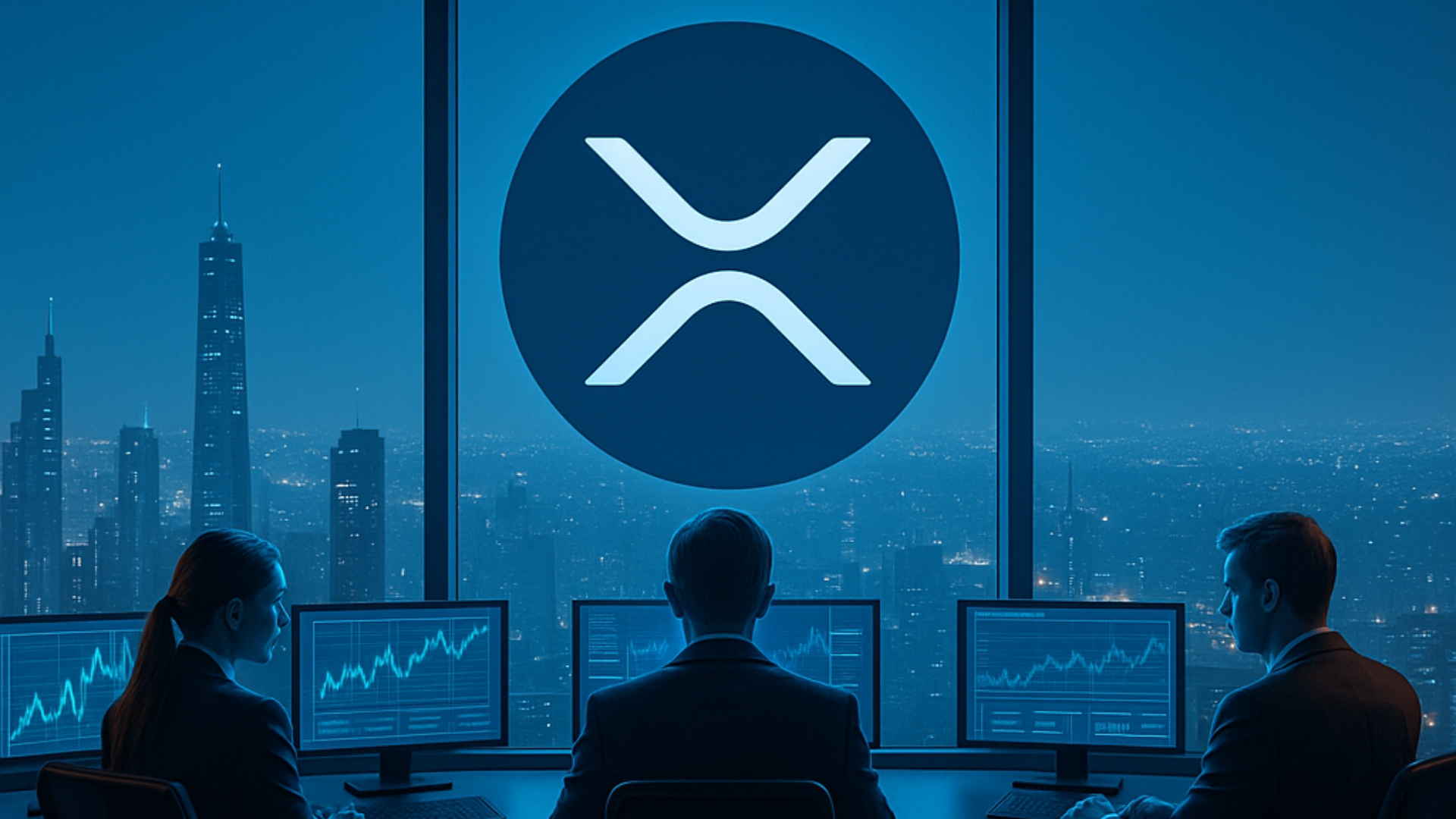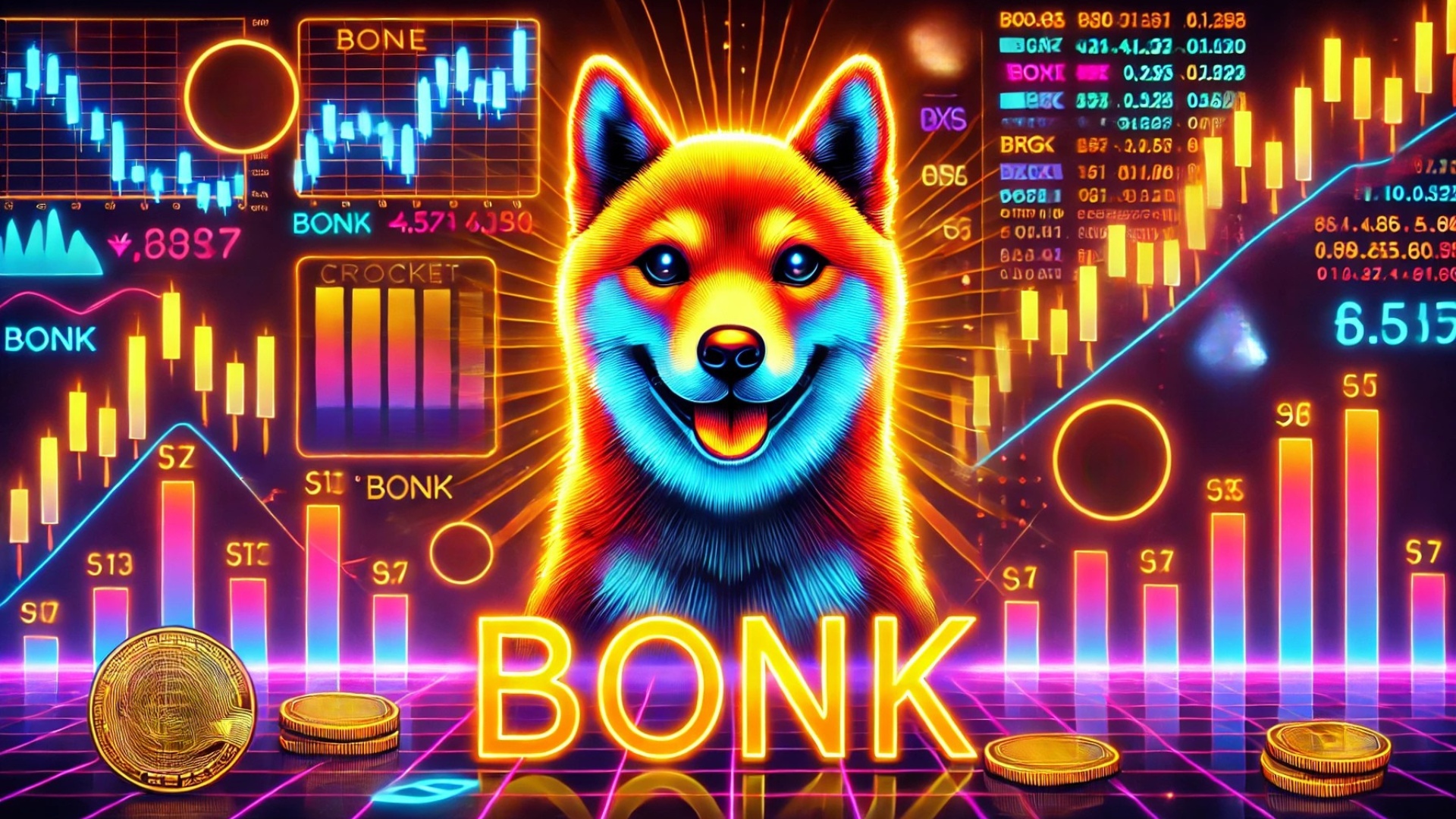
In a landmark move for the crypto derivatives market, Coinbase Derivatives has filed with the Commodity Futures Trading Commission (CFTC) to self-certify the launch of XRP futures contracts, with trading expected to begin on April 21, 2025. This bold initiative is set to open up regulated exposure to XRP for both retail and institutional investors, further legitimizing the asset and expanding its use within traditional finance.
A Turning Point for XRP in the U.S. Market
The introduction of XRP futures comes at a time when the regulatory status of XRP has become significantly clearer. As one of the most liquid and widely held digital assets, XRP has been the subject of years of legal uncertainty—but Coinbase’s move signals a strong vote of confidence in its future.
Futures contracts will allow investors to trade XRP without owning the underlying token, offering benefits such as leverage, capital efficiency, and hedging capabilities in a regulated environment. Coinbase’s filing with the CFTC demonstrates its commitment to maintaining compliance and building out mature, accessible crypto financial products.
Coinbase’s Legal Backing of XRP
Coinbase’s support for XRP is not new. As far back as early 2019, Coinbase’s legal team—comprising some of the top securities attorneys in the U.S.—concluded that XRP did not meet the criteria of a security under existing law. The findings were submitted to the U.S. Securities and Exchange Commission (SEC), which raised no objections at the time, allowing Coinbase to list XRP in February 2019.
The Ripple Lawsuit and Its Ripple Effect
That confidence was shaken in December 2020, when the SEC sued Ripple Labs, alleging XRP was an unregistered security. The case created industry-wide confusion over what constituted a security in the digital asset space.
However, in July 2023, a major breakthrough arrived when Judge Analisa Torres ruled that XRP, in its token form, was not a security. The ruling helped clear the cloud of uncertainty, leading to XRP’s re-listing on major exchanges, including Coinbase. The decision also became a legal precedent widely celebrated across the crypto industry.
XRP Futures: What They Mean for the Market
The proposed XRP futures contracts are more than a new trading product—they’re a symbol of regulatory progress and market maturity. These derivatives will allow participants to gain XRP exposure in a compliant, risk-managed framework, making them attractive to hedge funds, trading firms, and experienced retail traders.
This move also underscores Coinbase’s growing role in shaping the U.S. crypto derivatives landscape, as it expands its regulated product suite and engages more directly with CFTC oversight.
The Bigger Picture for Crypto Regulation and Innovation
Coinbase’s filing comes at a pivotal time for the broader crypto market. As regulators and exchanges move toward clearer frameworks, the success of XRP futures may influence the future of other digital asset derivatives. It could also encourage other platforms to pursue similar filings for altcoins that have achieved a degree of legal clarity.
For XRP, the futures launch marks a return to center stage, after years of turbulence. It also reflects increasing alignment between crypto innovation and regulatory infrastructure, paving the way for deeper institutional adoption and broader market accessibility.
With XRP futures set to go live in April—pending CFTC approval—Coinbase is once again positioning itself at the forefront of compliant crypto innovation. The decision to bring XRP into the regulated derivatives space is not only a strategic business move but also a symbolic victory for crypto’s integration into traditional finance.
As the market prepares for this launch, all eyes will be on how XRP performs under this new structure, and what ripple effect it might have across the digital asset ecosystem.













































































































































































































































































































































































































































































































































































































































































































































































































































































































































































































































































































































